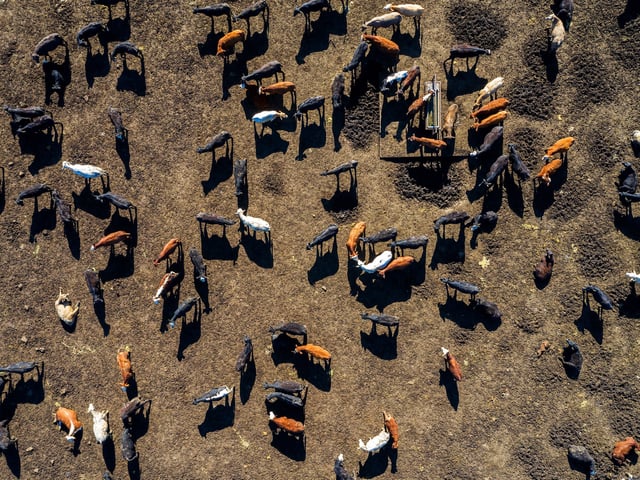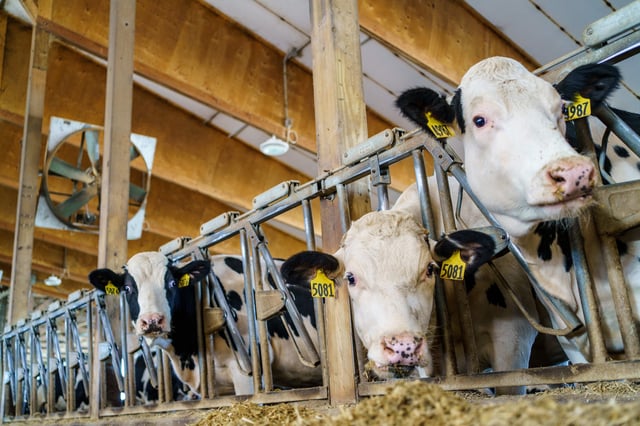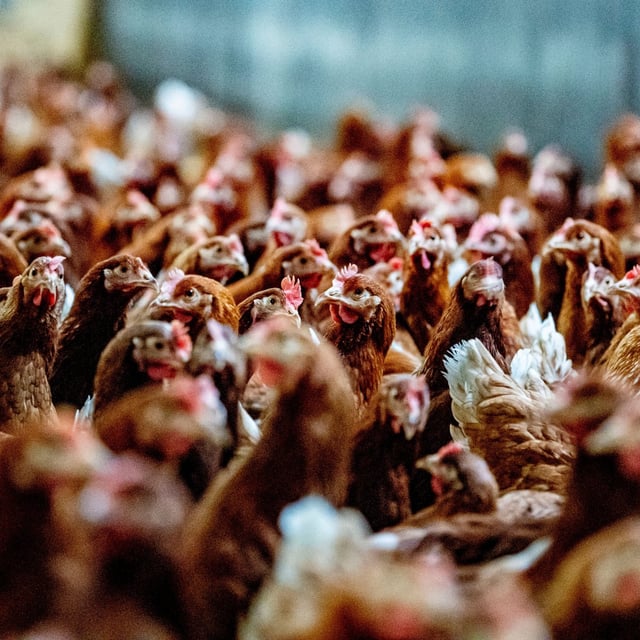Overview
- H5N1 bird flu has been detected in U.S. cattle, marking a significant leap in interspecies transmission.
- A dairy worker in the U.S. has contracted the virus, underscoring the potential human health risks.
- Experts warn that the virus's evolution could lead to efficient human-to-human transmission, raising pandemic concerns.
- Current vaccines and antivirals may not be fully effective against this new strain, highlighting the need for rapid development of new treatments.
- The situation demands urgent action to enhance diagnostic capabilities and prepare for possible human outbreaks.


